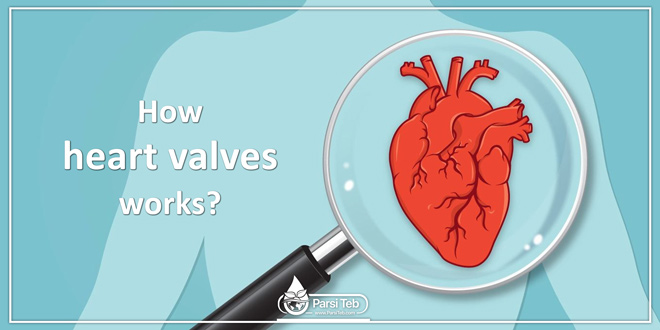The human heart is an efficient muscular pump that
has four chambers—two atria and two ventricles—
each closed off by a one-way valve. In the course of
a day, the heart contracts and expands on average
100,000 times, pumping approximately 2,000 gallons
of blood. By opening and closing in a synchronized
manner, the four valves keep the blood flowing in a
forward direction.
Blood from the veins enters the heart via the right
atrium. It has a high content of carbon dioxide- (a
result of body metabolism), but is relatively depleted
of oxygen, which has been absorbed by the body’s
tissues. After filling, the right atrium contracts, sending
the blood through the tricuspid valve, which
opens into the right ventricle. Blood is pumped
through the pulmonary valve into the lungs. From
the lungs, where it has been enriched in oxygen and
depleted of carbon dioxide, the blood returns to the
left atrium. It is then pumped through the mitral valve
into the left ventricle. Finally, it is pumped out
through the aortic valve into the aorta and the rest
of the circulatory system.
HOW VALVES WORK
To control the flow of blood, all valves have thin flaps
of muscle tissue, called leaflets or cusps, that open to
let the blood through and close to prevent it from
flowing backward. The mitral and tricuspid valves are
shaped somewhat like parachutes. When open, their
leaflets-three in the tricuspid and two in the mitral
valve—form a ring resembling the wide end of a funnel.
The leaflets are connected by chords—strings of
strong fibrous tissue referred to as chordae
tendineae—to muscle bundles in the chamber walls.
Contraction of these muscles pulls the chords, and
the leaflets snap shut, closing off the heart chamber.
Valves act like gates that open when pressure behind
them builds up, and close after blood has passed
through and pressure is reduced.
The aortic and pulmonary valves have no chords
but consist of petal-like flaps of tissue—two in the
pulmonary and three in the aortic valve—at the exit
from the chamber, which are flung open by the flow
of blood and fall back together to close off the ventricle
once the blood has been ejected.
The mitral and aortic valves are the most common
167
MAJOR CARDIOVASCULAR DISORDERS
sites of heart valve disease, because of their location
on the left side of the heart. The left chambers have
a greater workload, because they pump blood to the
entire body, whereas the right chambers push blood
only to the lungs. Any abnormality in the valves of
the left atrium and ventricle is more likely to produce
symptoms and be quickly noticed by both patients
and physicians.
Two major problems may arise in the functioning
of the valves: They may fail either to open fully or to
close properly. The narrowing of a valve, called stenosis,
occurs when the leaflets become rigid, thickened,
or fused together, reducing the opening
through which the blood passes from one chamber
to another. As its flow is obstructed, the blood accumulates
in the chamber, causing the heart to work
harder in order to push it through. (See Figure 13.1.)
When the valve fails to close properly—a condition
referred to as insufficiency and also called incompetence
or regurgitation-a portion of the ejected
blood flows backward. For example, if the aortic valve
is unable to close properly, some of the blood that is
pumped forward from the left ventricle to the aorta
leaks back into the ventricle. In severe cases, as much
as 90 percent of the entire pumped volume may flow
back. To compensate for the leak, the heart must enlarge
in order to pump out an extra volume of blood
with each beat, which significantly increases its
workload.
Figure 13.1
Diagram of the heart showing aortic and mitral valve stenosis, in
which the valves are narrowed and unable to open fully. This
results in an inadequate amount of blood flowing into the aorta
(aortic stenosis) or left ventricle (mitral stenosis).
In some cases, stenosis and insufficiency may occur
together. This happens when the leaflets become
shrunken and stiff and the valve is fixed in a halfopen
position.
Valvular stenosis and insufficiency can gradually
wear out the heart. At first, heart muscle dilates and
thickens. This enables it to compensate for the extra
work and allows the heart to supply an adequate
amount of blood to the body. Eventually, however,
the enlarged heart may grow weaker and become
unable to pump blood as efficiently as before.

How heart valves works?
 Parsi Teb Physical and Mental Health Journal
Parsi Teb Physical and Mental Health Journal 


